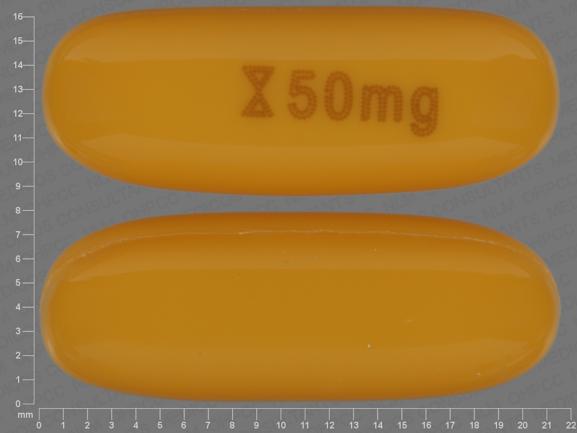Cyclosporine Disease Interactions
There are 4 disease interactions with cyclosporine.
Cyclosporine (applies to cyclosporine) hypertension
Major Potential Hazard, High plausibility.
The use of cyclosporine is contraindicated in patients with rheumatoid arthritis or psoriasis with uncontrolled hypertension. Hypertension, possibly due to renal vasoconstriction, has occurred in 50% of patients receiving cyclosporine. Antihypertensive therapy may be necessary for kidney, liver, and heart transplant recipients treated with cyclosporine. Hypertension may decline with continued used, but has persisted in some patients.
Cyclosporine (applies to cyclosporine) renal dysfunction
Major Potential Hazard, High plausibility.
The use of cyclosporine is contraindicated in patients with rheumatoid arthritis or psoriasis with abnormal renal function. Cyclosporine causes a reversible reduction in renal blood flow and glomerular filtration rate resulting in increased serum creatinine and blood urea nitrogen. Mild nephrotoxicity generally responds to reductions in cyclosporine doses. Persistent, chronic, and progressive nephrotoxicity has occurred. Renal biopsies from these patients can demonstrate interstitial fibrosis, tubular atrophy, global or segmental glomerulosclerosis, or smooth vascular muscle damage. Larger cumulative doses or elevated cyclosporine trough levels may be associated with the development of interstitial fibrosis. Clinical monitoring of renal function is necessary and differentiation between cyclosporine-induced nephrotoxicity, allograft rejection, and other causes of impaired renal function should be determined prior to cyclosporine dosage adjustments.
Cyclosporine (applies to cyclosporine) hepatic dysfunction
Moderate Potential Hazard, High plausibility. Applicable conditions: Liver Disease
Cyclosporine is extensively metabolized by CYP450 3A enzymes in the liver (some GI and renal metabolism) and primarily eliminated in the bile and feces. Cyclosporine can induce dose-related nephrotoxicity and hepatotoxicity. Hepatotoxicity, usually noted during the first month of therapy (high dosages) is characterized by elevations of hepatic enzymes and bilirubin. Reduction in chemistry levels usually results with dosage reduction. Therapy with cyclosporine should be administered cautiously and dosages modifications considered in patients with or predisposed to hepatic dysfunction. Clinical monitoring of hepatic function, particularly during administration of high dosages, is recommended.
Cyclosporine (applies to cyclosporine) malabsorption syndrome
Moderate Potential Hazard, High plausibility.
Patients with malabsorption syndromes may have difficulty achieving therapeutic serum concentrations with the Sandimmune formulations (capsules or solution) of cyclosporine. An alternative formulation, Neoral (capsule or solution for microemulsion), has increased bioavailability compared to Sandimmune. Sandimmune and Neoral are not bioequivalent and should not be used interchangeably without physician supervision.
Switch to professional interaction data
Cyclosporine drug interactions
There are 828 drug interactions with cyclosporine.
Cyclosporine alcohol/food interactions
There are 2 alcohol/food interactions with cyclosporine.
More about cyclosporine
- cyclosporine consumer information
- Check interactions
- Compare alternatives
- Pricing & coupons
- Reviews (23)
- Drug images
- Side effects
- Dosage information
- During pregnancy
- Drug class: calcineurin inhibitors
- Breastfeeding
- En español
Related treatment guides
Drug Interaction Classification
| Highly clinically significant. Avoid combinations; the risk of the interaction outweighs the benefit. | |
| Moderately clinically significant. Usually avoid combinations; use it only under special circumstances. | |
| Minimally clinically significant. Minimize risk; assess risk and consider an alternative drug, take steps to circumvent the interaction risk and/or institute a monitoring plan. | |
| No interaction information available. |
See also:
Further information
Always consult your healthcare provider to ensure the information displayed on this page applies to your personal circumstances.


